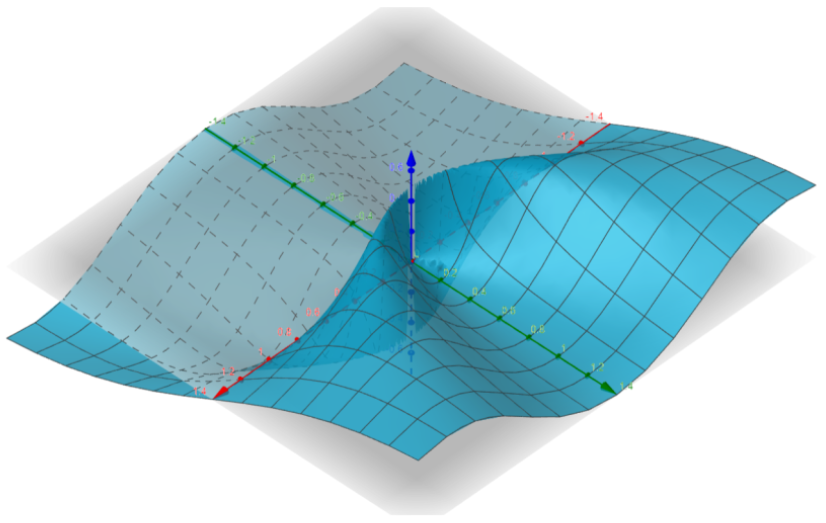One of the Weirdest, Most Treacherous Math Problems You Will Ever Encounter
A limit problem conjured up from the depths of hell.
Want to get notified about new posts? Join the mailing list and follow on X/Twitter.
Anyone who’s taken calculus: can you solve this math problem?
It might look simple but it’s actually one of the weirdest, most treacherous problems you’ll ever encounter.
Go ahead, give it a try before reading on.

(a comment on my StackExchange answer introducing this problem)
The result is NOT correct if you pretend the limit only has one variable.
Doing so evaluates the limit along the path $y=x,$ just one of many possible paths by which we could approach the point $(0,0).$
Now, if you’ve taken multivariable calc, you probably knew that already.
But did you know that if you evaluate the limit along ALL lines through the origin, you STILL get a result of 0, and that result of 0 is still INCORRECT!
Why is this still incorrect? Because we’ve only checked LINEAR paths. You get a different result if you check the NON-linear path $y=x^2.$
Our limit evaluates to 0 along all LINEAR paths, but NOT along all paths IN GENERAL.
It comes out to $\frac{1}{2}$ along the quadratic path $y=x^2.$
So, generally speaking, the answer is that THE LIMIT DOES NOT EXIST.
To better understand this, you can take a look at the graph.
It’s super weird and counterintuitive that you can approach the SAME place through all linear paths, yet approach a DIFFERENT place through a quadratic path.
But it’s true, and the graph below shows how it’s possible:

Want to get notified about new posts? Join the mailing list and follow on X/Twitter.